When kids are reading, it’s not just about reciting words. It’s about understanding how those words come together to create meaning. For our readers, comprehending the structure of a sentence is a crucial skill that helps improve reading comprehension.
In this post, we’ll explore four essential elements to teach kids about sentence structure, paving the way for a deeper understanding of language.
Building Sentences with Subjects and Predicates
Start by going over the basic structure of a sentence. Every sentence is a complete thought consisting of a subject (the who or what) and a predicate (the doing, thinking, or feeling).
Then move on to expanding sentences by adding details like why, where, and how, enhancing students’ ability to create more elaborate sentences.
To practice this skill, you can give students a sentence starter that only includes the subject and have them provide the predicate. Or vice versa. Give them a predicate and have them provide the subject.
An additional component that will help with reading comprehension is creating sentences about nonfiction topics to add to their background knowledge.

Sentence scrambles are also a great way for kids to build sentences. Give students a nonfiction sentence about a topic with the words scrambled up. Have them put the sentence together by focusing on the subject and the predicate.
To differentiate this you can have shorter and longer sentences. You can also keep the first word of the sentence capitalized and include punctuation after the last word.
This is a great way to add hands-on learning and practice to sentence structure.
Understanding Sentence Types
After kids have a good foundation of what a sentence is, teach the four types of sentences: declarative, imperative, interrogative, and exclamatory.
Declarative– tells a statement and ends with a period
Imperative-tells us to do something
Interrogative– asks a question and ends with a question mark
Exclamatory– shows excitement and ends with an exclamation point
Recognizing each type of sentence helps kids when reading because each type can have a different structure, punctuation, and different prosody when read aloud.

When kids understand the types of sentences, they understand there are different purposes conveyed by each type of sentence. This enhances their reading comprehension skills when making meaning.
A simple activity you can do is provide sentences without a punctuation mark. Add additional sentences if you need to for context. Then ask kids to tell you what type of sentence it is and the punctuation mark that goes at the end of each sentence.
Exploring Sentence Structures: Simple, Compound, Complex
Recognizing the three types of sentence structures aids students in tackling challenging texts.
The three types of sentence structures are simple, compound, and complex.
Simple Sentence– expresses one complete thought with a subject and a predicate
Compound Sentence– expresses two complete thoughts joined by one or more coordinating conjunctions
Complex Sentence– expresses two thoughts; one complete and one incomplete thought; both thoughts are joined by a subordinating conjunction (e.g., because, while) or a relative pronoun (e.g., which, who)
Sentence structure is not something that kids will learn and understand overnight. They will need repeated exposure and practice.

Kids don’t need to identify the structure of each sentence as they read. The purpose of understanding the three ways a sentence is structured is so that when kids come to a sentence they are having difficulty understanding, they can use their knowledge of structure to help them understand what is happening at the sentence level.
As kids are required to read more challenging texts, understanding challenging sentences will help them gain meaning for the entire text.
The Role of Words
Understanding the role of words within a sentence is a foundational skill that leads to deeper comprehension.
Kids need to understand if a word is describing (adjective) or is showing an action (verb). This is especially important with words they don’t know.

They also need to know what the pronouns are referring to. For example, who is the we referring to in the sentence?
It’s more than just recognizing words, it’s about deciphering their functions in the sentence so they can understand what the sentence is saying. The same goes for understanding who or what a pronoun is referring to.
Sentence structure has always been a focus in writing. But it’s just as important in developing readers who can comprehend. Making it a part of your regular lessons will help improve reading comprehension.
Check out the resources highlighted:
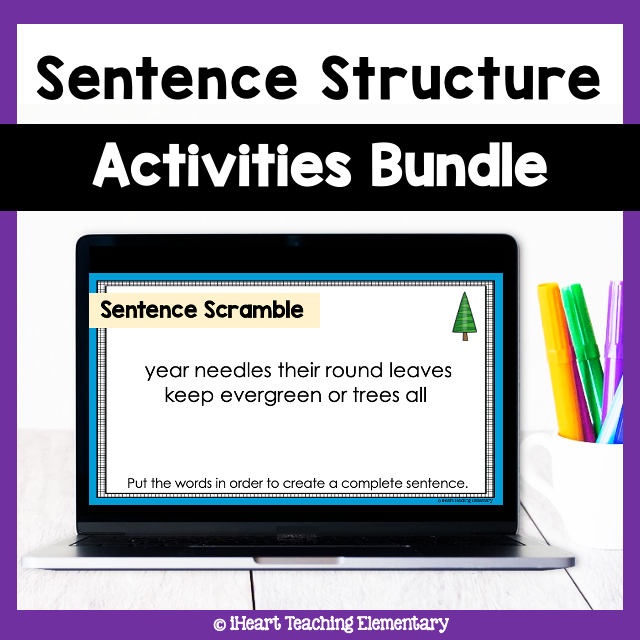

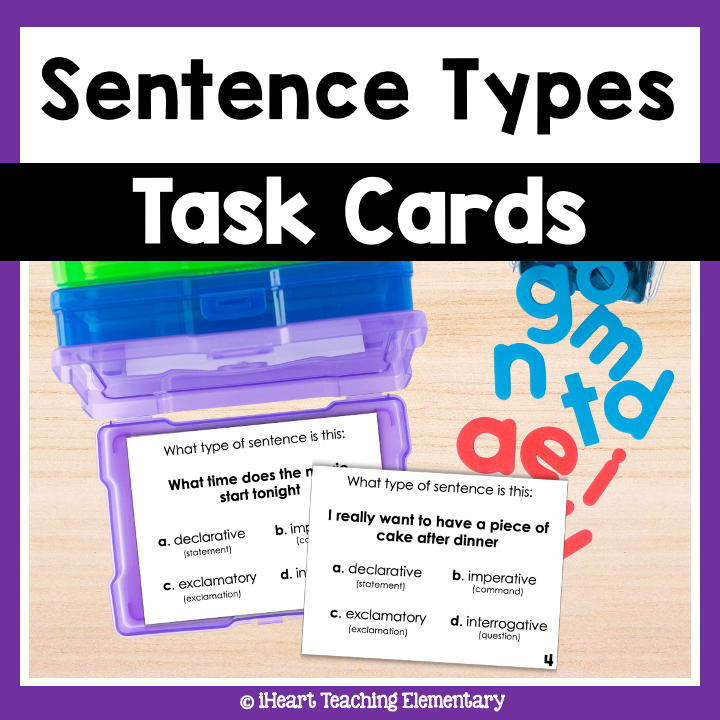
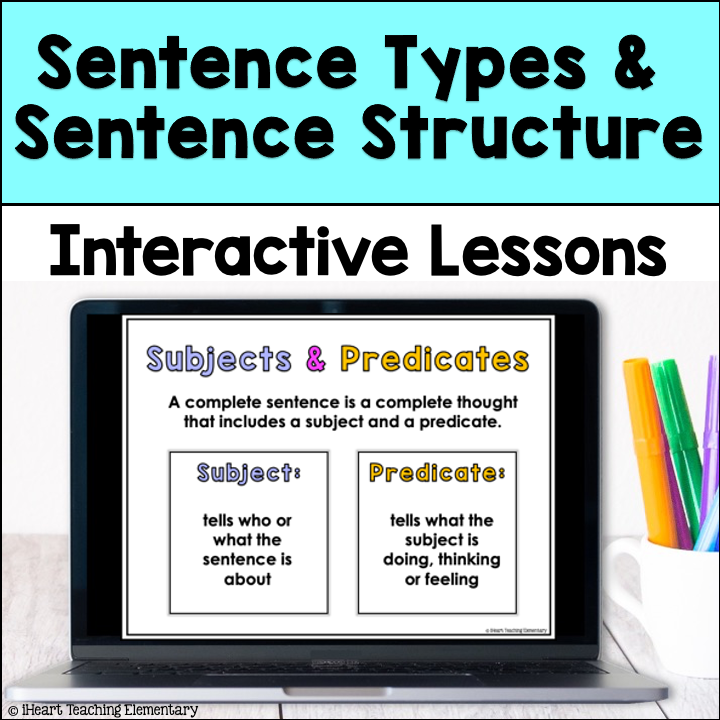
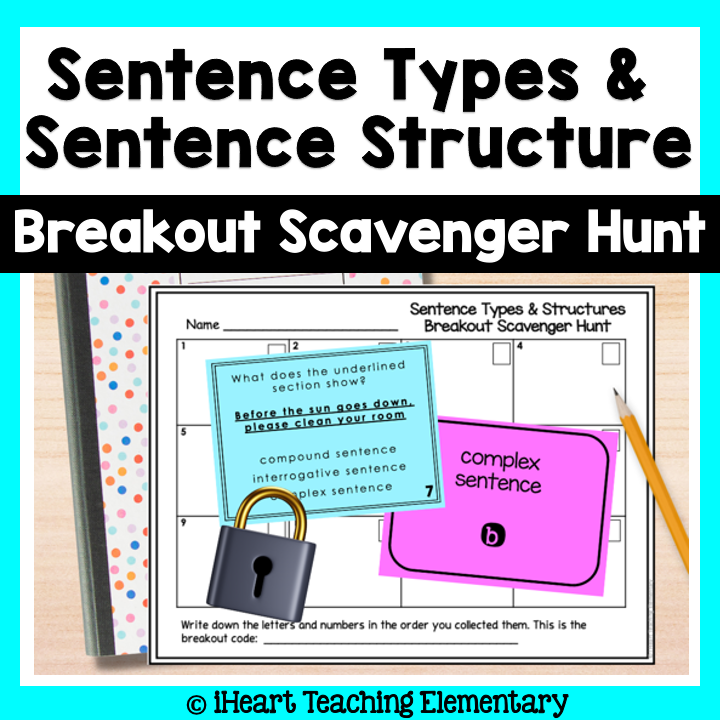
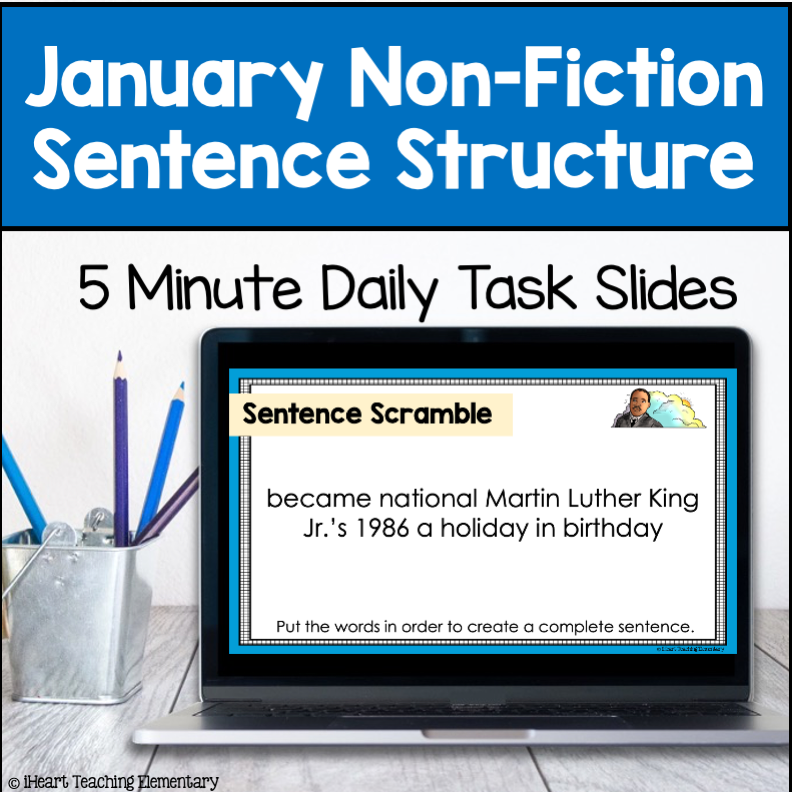
📌 Pin this Post to Save for Later




